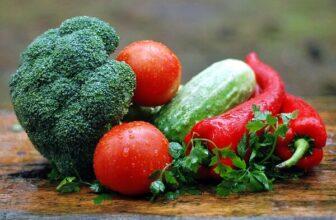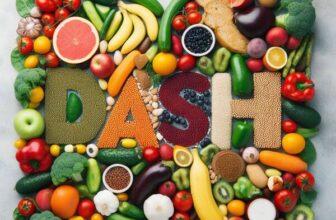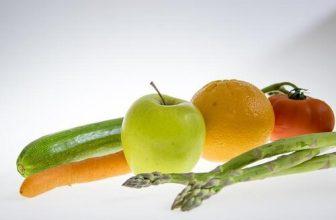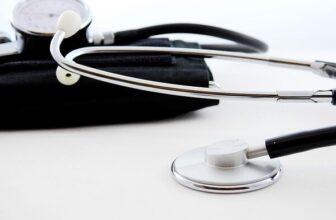Why Is Salt Not Good For You? 8 Myths About Salt (Sodium Chloride)
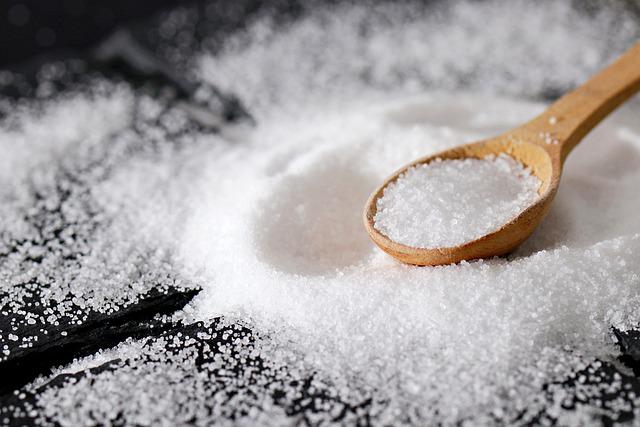
(Note: Some of the links in this post are affiliate links, and we will be compensated when you make a purchase by clicking through our links at no additional cost to you.)
Salt, also known as sodium chloride, is about 40% sodium and 60% chloride. It’s a natural resource found everywhere from the ocean to our tears, it’s flavors food and can be used as a food preservative, as most bacteria can not thrive in the presence of a high amount of salt. However, like many things, too much salt in our diet isn’t great, especially for our health.
Because it’s linked to United State’s (and many countries) biggest killer – heart or cardiovascular disease – salt is talked about a lot in health messaging and the media. But some messages about salt need to be taken with a grain of, well, salt. To make it easier for you to stay healthy, here are 8 salty myths busted:
1) Eliminate Salt Or Sodium Completely For Good Health -FALSE
Sodium is an essential nutrient that controls blood pressure and the body requires a small amount of sodium to make nerves and muscles work properly, and maintain the proper balance of water and minerals, but you need the right amount.
2) Food Has No Flavor Without Salt / Sodium – FALSE
If you’re used to foods that are high in salt, or adding lots of salt to your food, you could miss it when you first cut down. This is because our taste buds get used to high levels of salt.
But our taste buds can get used to eating less salt in a few weeks and then you’re more likely to enjoy food with less salt, or without any salt at all. If a food contains lots of salt this can hide more subtle flavors, so you might prefer some foods with less salt when your taste buds have had time to adjust.
3) You Can Tell What Foods Are High In Salt Because They Taste Salty – FALSE
Some foods that are high in salt don’t taste very salty. Sometimes this is because they have lots of sugar in them, for example some cookies and breakfast cereals. Also, our taste buds get used to high levels of salt, so you might not notice the saltiness of some foods.
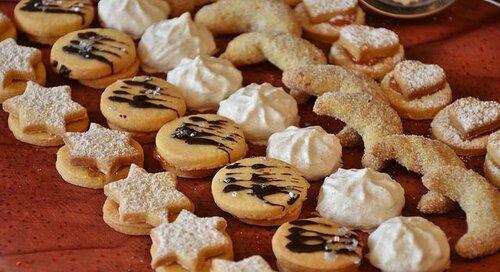
4) Only Old People Need To Worry About How Much Salt They Eat – FALSE
Eating too much salt can raise your blood pressure at any age. It’s true that you have less chance of developing heart disease or stroke in your 20s or 30s than when you’re older. But if you have high blood pressure or hypertension when you’re young, you’re still at greater risk than someone the same age with normal blood pressure.
5) Posh Salt Is Better For You Than Table Salt – FALSE
It doesn’t matter how expensive salt is, where it is from, or whether it comes in grains, crystals or flakes – it still contains sodium.
6) You Need More Salt In Hot Climates Because You Sweat So Much – FALSE
We only lose a small amount of salt through sweat, even in extremely hot places. So there’s no need to eat more salt in hot climates. But it’s important to drink plenty of water to keep your body hydrated.
7) If I Cut Down On Salt My Body Won’t Have Enough – FALSE
It’s actually very difficult to eat too little salt. This is because it’s in so many everyday foods, like breakfast cereals, ready meals, soups, sauces and biscuits. And people in some countries survive on a fraction of the amount of salt eaten by people in the U.S.
8) I Would Know If I Had High Blood Pressure – FALSE
Many people with high blood pressure have no symptoms, so you can’t assume that your blood pressure is normal if you haven’t had it tested. It is thought that about 1 in 3 US adults does not know they have high blood pressure because they do not have any symptoms.
The only true way of ascertaining whether you have high blood pressure or not is by having it checked or monitored regularly using a home blood pressure monitor and tracking it with a blood pressure log. This is a painless procedure, and every adult should have their blood pressure checked regularly since your blood pressure can change over time. This way you are more likely to catch a change before it becomes dangerous. Ask your health care provider how often you need to check it.
>>> Discover The Most Accurate Blood Pressure Monitor For Home Use
How To Fix Low-Salt (Sodium) Foods:
- Season foods with fresh or dried herbs, vegetables, fruits or no-salt seasonings.
- Do not cook with salt or add salt to foods after they are on the table.
- Make your own breads, rolls, sauces, salad dressings, vegetable dishes and desserts when you can.
- Prepare fresh or use canned, unsalted vegetables. These have less sodium than most processed foods.
- For example:
- Instead of:
1 cup of cooked canned peas: 400 mg of sodium - Use:
1 cup of fresh, cooked peas: 2 mg of sodium - Instead of:
1⁄2 cup of Minute® Wild Rice: 570 mg of sodium - Use:
1⁄2 cup of cooked, white rice: 1 mg of sodium
- Instead of:
- For example:
- Buy water-packed tuna and salmon. Break up into a bowl of cold water, and let stand for 3 minutes. Rinse, drain and squeeze out water.
- Bake, broil, steam, roast or poach meats without salt.
- Try using lemon juice instead of salt. This works pretty well for some foods even though lemon juice tastes nothing like salt. Start by using just a bit, and then add to taste.




